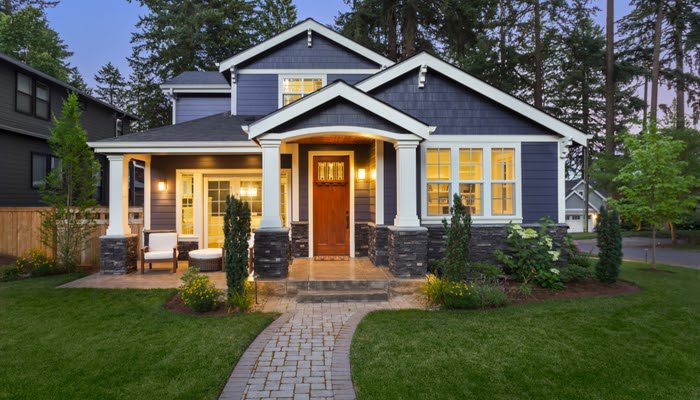Creating a safe and supportive environment for individuals with dementia is essential for their well-being and quality of life. Adjusting a home to meet the unique needs of someone living with dementia involves understanding the condition and implementing specific design strategies. Such changes can significantly enhance daily living, providing both comfort and safety to residents with cognitive challenges. Below, we explore key aspects of crafting a dementia-friendly home, from understanding the disease’s progression to integrating the latest supportive technologies.
Understanding Dementia and Its Impact on the Home Environment
Dementia is not a singular disease but an umbrella term that describes a range of symptoms associated with cognitive decline. As individuals progress through the different stages of dementia, their abilities to perform daily tasks and recognize familiar settings diminish. Knowing what are the stages of dementia can provide insight into the varying needs that may arise throughout their journey.
A dementia-friendly home environment addresses potential hazards and adapts to changing behaviors and abilities. This includes removing physical barriers and creating clear visual cues that can help orient and direct those living with dementia. Simplified spaces can minimize confusion and support a sense of independence, which is fundamental to a person’s dignity and self-esteem.
Create areas that are easy to navigate and free from clutter to lessen stress and anxiety for residents. Visual contrasts and cues can also aid in distinguishing different rooms and objects, which becomes increasingly important as the condition progresses. A comfortable and familiar environment is key to easing the challenges faced by those with dementia.
Beyond the physical space, understanding how dementia affects emotions and sensations is crucial. Changes in perception may lead to misinterpretations of sounds or sights; hence, a home equipped to mitigate these issues can vastly improve the quality of life for its inhabitants.
Designing for Accessibility and Comfort in a Dementia-Friendly Home
Designing a dementia-friendly home begins with accessibility. This means ensuring that doorways are wide enough for mobility devices and that flooring is safe and non-slip. Ramps may be necessary replacements for stairs, and furnishings should be sturdy and easy to navigate around.
For those in wheelchairs or with limited mobility, the placement of sinks, appliances, and storage within reach can maintain independence. Adjustable countertops and side-opening ovens can make a tremendous difference, allowing residents to engage in everyday tasks safely.
Comfort is also about familiarity. Keeping cherished possessions and favorite items accessible can provide comfort and continuity in a changing environment. Soft furnishings and supportive seating can also assist in creating a homely atmosphere while addressing physical needs.
Bedrooms and bathrooms, in particular, need careful consideration for both accessibility and comfort. From installing grab bars in bathrooms to selecting adjustable beds that support easier mobility, each detail contributes to creating a secure, comfortable home for someone with dementia.
Implementing Safety Features to Protect Residents With Dementia
Safety in a dementia-friendly home is paramount. This includes installing locks on doors and windows to prevent wandering and safeguards on stoves and other appliances to prevent accidents. Removing or securing throw rugs can reduce fall risks, which are particularly high among the elderly.
Confusion and forgetfulness can lead to hazardous situations, so measures like automatic shut-off features for kitchen appliances can be a lifesaver. Safety extends to the bathroom as well, where non-slip mats and temperature-controlled faucets ensure protection against falls and scalds.
In addition to physical modifications, closely monitoring the environment is vital. Using cameras or motion sensors can alert caregivers to potentially dangerous activities, allowing them to intervene swiftly when needed. These tools should be non-invasive to preserve the resident’s sense of privacy.
Integrating Technology and Support Systems for Dementia Care at Home
Technology can be invaluable in creating a dementia-friendly home. Innovations such as GPS tracking devices can provide peace of mind to caregivers by ensuring the person with dementia is safe. Automated home systems can control temperature, lighting, and locks to help maintain a safe environment.
Another facet of a supportive home is the use of assistive communication tools, which enable those with cognitive impairments to express their needs and wishes. Devices that facilitate reminders for medication and appointments can also enhance the autonomy of individuals with dementia.
Some technologies are designed to engage and stimulate cognitive function, such as interactive games or software tailored to the interests of the person with dementia. Music therapy apps, for instance, can aid in reducing stress and triggering memories.
Altogether, a dementia-friendly home is adapted to support the evolving needs of residents with cognitive challenges. It exemplifies a compassionate approach to living with dementia—embracing safety, independence, and a high quality of life daily.


